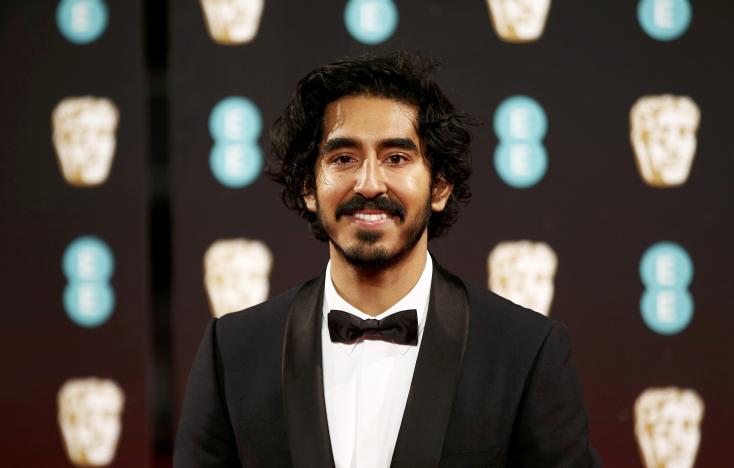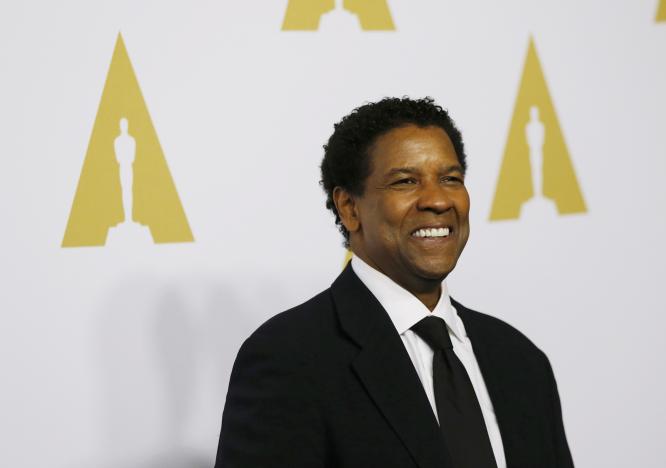On their way to this year’s Oscars, Dev Patel searched for his Indian roots, Denzel Washington wrestled with racism as an angry African-American patriarch and Octavia Spencer became a top black female mathematician.
With seven nominations for actors and actresses of color, the Oscars this year have been touted as an improvement on diversity after two years of #OscarsSoWhite criticism.
Yet critics say the real test will be when the movie industry, like television, casts more actors of color in roles that are not defined by their race.
“It can get burdensome possibly to actors (of color) to play characters where the main storyline is about race, as opposed to just being a person going through a divorce or something similar,” said Victoria Thomas, casting director of best picture Oscar nominee “Hidden Figures.”
“That’s the next hurdle to get over,” she added.
To be sure, some of this year’s crop of Oscar hopefuls have found success in color-blind roles.
Washington was Oscar-nominated for playing an alcoholic airline pilot in 2012’s “Flight;” “Moonlight” supporting actress Naomie Harris was cast as Miss Moneypenny in James Bond movies “Skyfall” and “Spectre;” and “Fences” star Viola Davis won an Emmy for playing a hard-bitten criminal lawyer in the TV series “How to Get Away with Murder.”
Yet in the 89-year history of the Oscars, nearly all black actors who have won Academy Awards have done so for playing black characters.
This year’s lineup is no exception, although films like “Moonlight,” “Fences” and “Hidden Figures” tell black stories outside the themes of slavery and civil rights that in the past most attracted awards attention.

Washington and Davis star in the screen adaptation of African-American playwright August Wilson’s “Fences.” In independent film hit “Moonlight,” supporting actor Oscar front-runner Mahershala Ali plays a Miami drug dealer and Harris plays the drug-addicted mother of a black boy.
Ruth Negga plays a black woman who marries a white man in defiance of 1950s U.S. segregation laws in “Loving,” Spencer plays NASA mathematician Dorothy Vaughan in “Hidden Figures” and Patel plays an Australian-Indian man in “Lion.”

“Moonlight,” the coming-of-age story about a black boy struggling with his sexuality, is a character that “would never have been seen in the past, and certainly not nominated for Oscars,” said Darnell Hunt, author of a University of California Los Angeles annual report on Hollywood and diversity.
“Sometimes, we (the black community) want our narratives and our experiences to be told, and that’s what we get in ‘Moonlight’ and ‘Fences,'” Hunt said.
“Of course, the ideal would be to get both at the same time, such as a ‘La La Land’ with a black actor as a lead.”
Oscar best picture favorite “La La Land” features a largely white cast even though it is set in multiracial Los Angeles and is the story of a struggling actress (Emma Stone) and a jazz pianist (Ryan Gosling).
The other best picture contenders – “Arrival,” “Hacksaw Ridge,” “Manchester by the Sea” and “Hell or High Water” – also have majority white casts. “Lion” features an Indian, Australian and American cast.
Minority lead roles in Hollywood film peaked at 16.7 percent in 2013 and dropped to 13.6 percent in 2015, according to Hunt’s latest study.

British actor Patel, born to Indian parents, has played characters that were not initially defined as Indian, but says that after he was cast, “the topic comes up of race.”
The actor broke out as the lead of 2008’s Oscar-winning “Slumdog Millionaire” and played a tech-savvy reporter in HBO’s “The Newsroom.” In “Lion,” he plays Saroo Brierley in the true story of a boy separated from his family in India and adopted by an Australian couple.
“The effort that I had to go through to physically transform, the voice, all of that gets pushed aside and it’s packaged as just an Indian dude,” Patel said. “That, sometimes, is a shame.”
Ironically, animated fluffy animals are the stars of the most diverse story in the running for an Oscar on Sunday.
Disney’s “Zootopia,” nominated for best animated feature, follows the first female bunny cop in a sprawling metropolis and has been praised for subtly tackling gender and racial divides.
Co-directors Byron Howard and Rich Moore said the film would not have worked if it were live-action because the characters would become defined by the actors portraying them.
“For people of different genders, sexual preference and races, there’s something really safe about a story like this by casting it with cute animals that makes it so inclusive to a wide swath of people,” Moore said.
(Reporting by Piya Sinha-Roy; Editing by Jill Serjeant)

